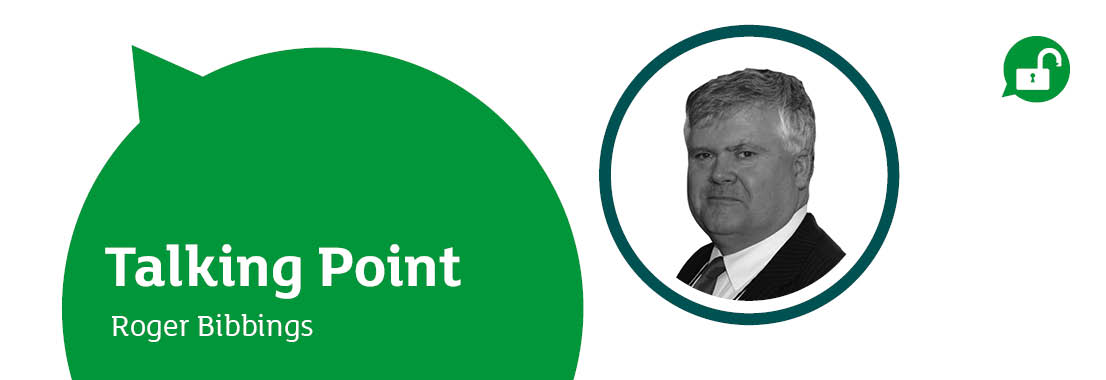
Wising up to falls
Wising up to falls
Falls, and their prevention, ought to lie right at the heart of safety in any setting - not just in the workplace and in public spaces but especially the home.
Wherever and whenever people's capacity to remain safely upright is challenged significantly, including by impairments in their capacity to do so or by features of the environment, then safety professionals need to be hard at work thinking about what more might reasonably be done to keep us safe.
Sadly, there is a tendency to think that most falls are due to inattention or some other kind of culpable error by the person who falls; that they are mundane and relatively simple kinds of accident; that they are to a large extent inevitable; and that not much can be done about them. They are thought of as simply part of the human condition and something that will always be with us.
Let us reflect however on a few sobering facts: Of 565,000 injuries non-fatal injuries reported under RIDDOR 2021/22, 30 per cent were due to slips, trips or falls on same level. Across the wider community, around one in three adults over 65 and half of people over 80 will have at least one fall a year. Over 90,000 hospital admissions annually are related due to slipping, tripping and stumbling. This costs the NHS £435 million each year. But the human costs (which cannot be measured but are far more significant) include distress, pain, injury, loss of confidence, loss of independence and also premature mortality.
In the workplace, falls prevention, like all accident prevention, focuses on safe environments, safe tasks and safe people. We tend to work with a 'slip potential triangle' of 1) walkways, 2) housekeeping and 3) design and maintenance. Contamination that increases slipperiness is always the big enemy and that means focusing on things like cleaning, flooring and the suitability of footwear. Other factors like lighting, obstructions, stairway design are also critical. There's always a lot to think about. How, when, where and why do things like this combine and interact?
To be really effective all this needs a systematic 'Fall Fighter' approach: Discuss slips, trips and falls with colleagues and form a dedicated 'Fall Fighter' team. Get training and make a plan. Study incidents carefully. Carry out a survey (logging incidents on an outline map of each work area). Identify and implement prioritised changes. Publicise what you are doing, benchmark with other organisations and educate colleagues. Monitor trends, learn lessons and feed back to managers regularly. It's an on-going challenge, so continue to fine tune and keep at it!
From time to time it's often worth doing a team-based 'deep dive' into apparently simple slip and trip accidents. For example, a member of staff in a food factory wearing inadequate footwear, running on a walkway, slips on a patch of oil and damages her knee. But what was the back story?
‘Underlying causes’ of the event might have included: lack of supervisory resource; no policy for preventing contamination; no signage of slipping hazards; poor lighting; no provision/use of suitable footwear; time pressure to get to a new location; no training; personal problems with fitness, weight and balance; fatigue; distraction; and so on. When you look into them in depth and detail and ask what was going up in the period leading up the event, these accidents are rarely that simple.
In the home environment many of these things are very similar but when considering the safety of older people in particular, it is important to understand that they are more likely to have a fall because they may have balance problems; muscle weakness; vision loss; and a long-term health condition leading to dizziness or loss of consciousness. Combine all those factors with wet/polished floors, poor lighting, rugs/carpets not properly secured, over-reaching (or unsafe use of steps/ladders), going downstairs or rushing to get to door, phone or toilet - and you have a recipe for a potentially life-changing disaster.
What OS&H professionals need to understand is that action via the workplace can make a much bigger contribution to falls prevention, particularly in the home, than is generally recognised. What people learn at work they can and do take away and apply elsewhere. Building home safety examples into slips, trips and falls prevention training at work makes real sense. For example, businesses need to understand that falls of employees' older relatives are likely to adversely affect both attendance and morale.
Wise up to falls and their prevention and you will have a far bigger impact on people's lives than you might imagine.
Roger Bibbings MBE is a Partnerships Consultant for RoSPA. He was RoSPA’s Occupational Safety Adviser for nearly 20 years, retiring from the role in 2014. Prior to this, he was, for 17 years, Health and Safety Adviser at the Trades Union Congress.
RoSPA Member? Login to your MyRoSPA to continue reading or join today

Login to you MyRoSPA account
Login to MyRoSPA to view more exclusive content
Login
| Join RoSPA
Become a member now
Become a member to access MyRoSPA to view more exclusive content
Join
RoSPA Member? Login to your MyRoSPA to continue reading or join today

Login to you MyRoSPA account
Login to MyRoSPA to view some more exclusive content
Login
| Join RoSPA
Become a member now
Become a part of the MyRoSPA team to view more exclusive content
Register